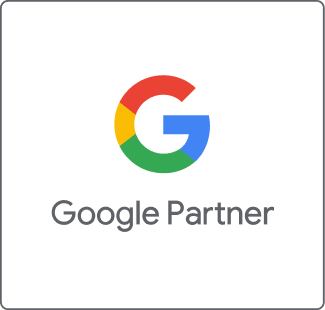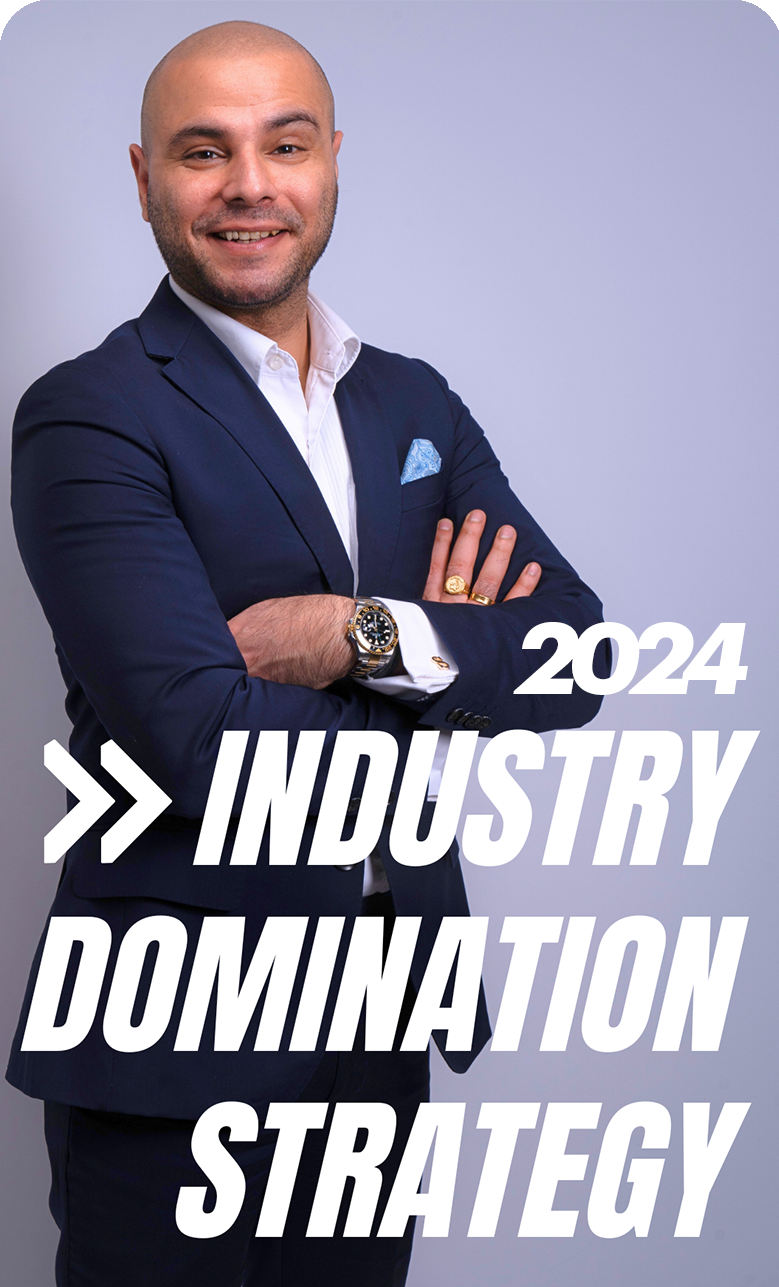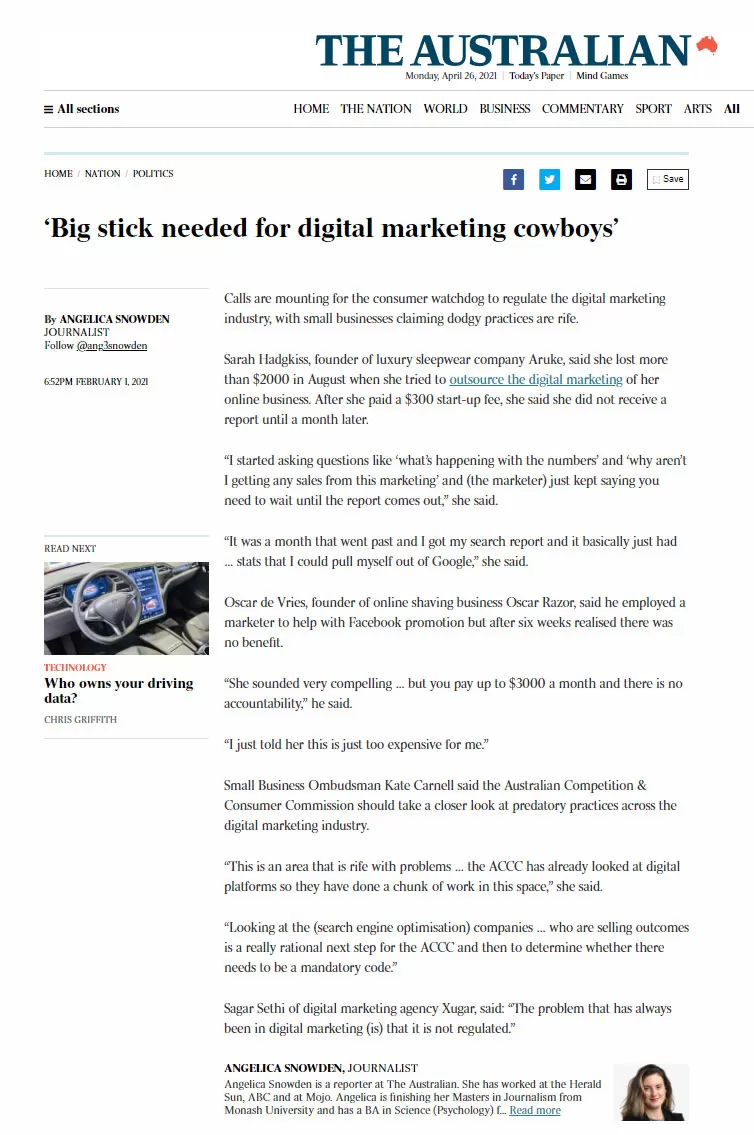Imagine seeing the same ads over and over again while scrolling through your favourite social media app. It gets boring, right? That's what happens with ad fatigue and banner blindness. These are big problems for companies trying to advertise online.
About 86% of people don't even notice the ads on websites anymore, so it's hard for companies to get people to pay attention to their ads. We’ll explain what causes ad fatigue and how to spot it.
Whether you're helping with your family's business or just curious about how advertising works, you'll find useful tips in this guide. Get ready to learn how to make ads that people actually want to see!
Understanding Ad Fatigue and Banner Blindness
Have you ever noticed how sometimes the same ads keep popping up everywhere you go online? At first, you might be interested in what they're selling. But after seeing the same ad repeatedly, you start to tune it out.
Ad fatigue occurs when your audience sees your ads so many times that they get bored or annoyed by them. It's like listening to your favourite song on repeat—after a while — it just doesn't sound as good anymore.
What is Banner Blindness?
Banner blindness is a similar problem, but it's a bit different. It's when people ignore certain parts of a website where ads are usually placed, like the top or sides. They do this without even realising it, like how you might not notice the ads on a billboard while driving.
For example, let's say you're searching for information on how to bake cookies online. You might not even see the ads for cookie recipes or baking supplies on the sides of the webpage, even though they're right there. Your brain has learned to tune those areas out.
Psychological Factors Behind Ad Fatigue and Banner Blindness
Ad fatigue and banner blindness are two big challenges in digital advertising, and they happen because of how our brains work. When we see the same ads repeatedly, we start to ignore them.
This process is called habituation. Just like how you might get tired of hearing the same song repeatedly, our brains get used to seeing the same ads and stop paying attention to them.
Imagine you’re watching a YouTube video. If an ad for the same toy plays every time you watch a video, you might initially think, "That looks cool!" But after the fifth or sixth time, you start to zone out and ignore it. This is habituation at work — your brain has learned that this ad is not new or exciting anymore.
Impact on Campaigns
It can really affect your marketing campaigns when people get bored of your ads or stop noticing them. Here’s how:
- Fewer Clicks: If your ads are ignored, fewer people will click on them. For example, if your ad had a click-through rate (CTR) of 2% last month, but now it’s only 0.1%, that means hardly anyone is interested anymore.
- Less Engagement: Engagement means how much people interact with your ads, like liking, sharing, or commenting. If your ads become stale, people won’t engage with them. Imagine posting a funny meme on social media that everyone loved, but after sharing it too many times, it stops getting likes.
- Higher Costs: When ads are ignored, companies must spend more money to reach the same number of people. This is because the cost per acquisition (CPA) increases. If you’re spending $100 to get 10 people to click on your ad, but now you need to spend $200 to get the same 10 clicks, that’s a waste of money.
If your ads aren’t working, it can drain your marketing budget without delivering results. Companies might spend a lot of money on ads that no one cares about. For example, a fast-food restaurant might campaign to promote a new burger. If the same ad runs too often, customers might ignore it, leading to fewer sales.
Identifying the Causes of Ad Fatigue
To effectively tackle ad fatigue, it's important to understand why it occurs in the first place. Here are the main causes:
By following these best practices, you can create a website that is easy to navigate and enjoyable for users. A well-structured website not only improves user experience but also helps your site perform better in search engine rankings!
Overexposure to the Same Ad Creatives
When users see the same ad over and over, they start to ignore it. This is called overexposure. Imagine if your favourite YouTuber played the same ad before every video you watched. At first, you might pay attention, but after the tenth time, you’d probably just skip it or zone out. This desensitisation makes users less likely to click on or engage with the ad.
Lack of Variety in Ad Content
If your ads are always the same—same images, same words—they can quickly become boring. Think about it: if you always saw the same poster for a movie, you’d lose interest in it. Ads need fresh visuals, new messaging, or different formats to keep people engaged. For example, a clothing brand could show different outfits or styles in their ads instead of just one look over and over.
Repetitive Targeting Strategies
Targeting the same audience with identical ads can lead to burnout. Even if someone is interested in what you’re selling, seeing the same ad too many times can make them ignore it. For instance, if a video game company keeps showing the same ad for a new game to the same group of gamers, those gamers might stop paying attention, even if they initially wanted the game.
Recognising the Signs of Ad Fatigue in Your Campaigns
Spotting ad fatigue early can help you save your campaigns and money. Here are some signs to look for:
Decreasing Click-Through Rates (CTR)
One of the clearest signs of ad fatigue is a drop in your click-through rate (CTR). This percentage shows how many people clicked on your ad compared to how many saw it. If you notice fewer people clicking on your ads, it strongly indicates that it’s time for a change. For example, if your CTR was 5% last month and has dropped to 1%, that’s a red flag!
Lower Engagement and Conversion Rates
Besides clicks, you should also pay attention to engagement metrics like likes, shares, and comments. If these numbers are going down, it means your audience is tuning out. Imagine posting a funny meme that used to get lots of reactions, but now it hardly gets any likes. That’s a sign that your content might be getting stale.
Rising Cost per Acquisition (CPA)
If you notice that your cost per acquisition (CPA) is increasing, it means you’re spending more money to get each new customer. This can happen when your ads aren’t effective anymore because of fatigue. For example, if you used to spend $10 to get one customer, but now you’re spending $30 for the same result, that’s not a good sign. It shows that your ads aren’t working as well as they used to.
Keeping your ads varied, interesting, and targeted correctly will help maintain audience engagement and improve overall marketing success.
Proven Strategies to Combat Ad Fatigue and Banner Blindness
Are you ready to give your advertising campaigns a fresh start? Here are some effective strategies to combat ad fatigue and banner blindness and ensure your ads remain engaging and impactful.
Creative Refresh
One of the simplest ways to keep your audience interested is to update your ad creatives regularly. This means changing your ads' visuals, messaging, and formats every few weeks. For example, if you’re advertising a new video game, you could switch from showing gameplay footage to featuring user testimonials or exciting game updates. By refreshing your ads, you prevent overexposure, which helps keep your audience engaged.
Dynamic Creative Optimisation (DCO)
Dynamic Creative Optimisation (DCO) uses artificial intelligence (AI) to automatically tailor ads for different audience segments. This means that instead of showing everyone the same ad, DCO can create thousands of variations. For instance, if you’re promoting a clothing line, DCO could show different styles to teens, adults, and parents, ensuring that each group sees something relevant. This personalisation makes ads more appealing and helps reduce ad fatigue.
Frequency Capping
Frequency capping is a technique that limits how many times a specific ad is shown to the same user. By setting a cap (like showing an ad no more than three times a week), you can prevent users from getting tired of seeing the same message. For example, if someone sees your ad for a new snack too often, they might start to ignore it. By limiting exposure, you keep your audience interested and engaged.
A/B Testing
A/B testing involves creating two or more versions of an ad to see which one performs better. This could mean changing the images, text, or calls to action. For instance, you might test one ad with a bright, colourful image against another with a more muted tone. By analysing which ad gets more clicks or engagement, you can determine what resonates best with your audience and improve future ads.
Personalisation
Using data to create personalised ads can make a big difference in engagement. Personalised ads speak directly to individual user preferences, making them more relevant. For example, if a user frequently searches for sports gear, showing them ads for the latest basketball shoes will likely catch their attention more than generic ads. This tailored approach can help reduce ad fatigue because users feel the ads are made just for them.
Engaging Ad Formats
Using interactive and immersive ad formats can significantly boost engagement. Formats like videos, carousel ads (where users can swipe through multiple images), or even gamified ads (where users can play a mini-game) can capture attention more effectively than standard static ads. For example, a travel company might use a video ad showing breathtaking destinations, making viewers excited about their next vacation.
Real-World Examples of Overcoming Ad Fatigue
Coca-Cola’s “Share a Coke” Campaign
Coca-Cola successfully tackled ad fatigue by personalising its bottles with popular names. This campaign encouraged people to share a Coke with friends and family, making the experience more personal and engaging. As a result, Coca-Cola saw a significant boost in engagement and sales.
Airbnb’s Dynamic Ads
Airbnb uses dynamic ads to show personalised travel recommendations based on user behaviour. For example, if a user frequently looks at beach destinations, Airbnb will tailor ads to showcase beach rentals. This strategy keeps their ads relevant and engaging, reducing the chances of ad fatigue.
Spotify’s Wrapped Campaign
Spotify’s annual Wrapped campaign gives users personalised summaries of their listening habits. This unique content keeps users excited and engaged year after year, as they love to see their favourite songs and artists. By making the experience personal, Spotify successfully combats ad fatigue.
By implementing these strategies, you can keep your ads fresh, engaging, and effective, ensuring that your audience remains interested and responsive.
The Future of Keeping Ads Fresh and Engaging
As the world of digital advertising changes, it’s important to keep up with new trends to ensure your ads stay interesting. Here’s a look at some exciting developments in advertising and how you can adapt to keep your audience engaged.
Emerging Trends in Digital Advertising
The way ads are shown is changing thanks to new technologies. Here’s what each of these means:
- Augmented Reality (AR): AR adds digital elements to the real world. For example, a makeup brand could let you use your phone to see how different lipstick colours look on your lips without actually trying them on. This makes the ad interactive and fun!
- Virtual Reality (VR): Using special goggles, VR takes you into a completely different world. Imagine a travel company letting you take a virtual tour of a beautiful beach before booking a vacation. This kind of ad makes people excited and helps them imagine the experience.
- Artificial Intelligence (AI): AI helps companies show the right ads to the right people. For instance, if you often look for sports gear online, AI can help show you ads for the latest basketball shoes. This makes the ads more relevant and interesting to you.
How to Stay Ahead in Combating Ad Fatigue
To keep your ads fresh and avoid boring your audience, here are some tips:
- Keep Learning: Stay updated on the latest trends in advertising. Read articles, watch videos, and take online classes to learn new skills and ideas.
- Try New Ideas: Don’t be afraid to experiment with different types of ads. If you usually use pictures, try making videos or interactive ads where people can click and play. This can help keep your audience engaged.
- Use Data: Check metrics like the number of people who clicked on your ads to see how they're performing. This will help you understand what’s working and what needs to change.
- Make Ads Personal: Use information about your audience to create personalised ads. For example, if someone often buys running shoes, show them ads for running clothes or accessories. Personalised ads are more likely to grab their attention.
Real-World Examples of Innovative Advertising
- IKEA’s AR App: IKEA created an app that uses AR to show how furniture would look in your home. You can point your phone at a space and see a virtual couch or table there. This helps customers make better choices when buying furniture.
- Nike’s Personalised Ads: Nike uses AI to analyse what customers like and show ads that match their interests. For example, someone who loves basketball might see ads for the latest basketball shoes. This keeps Nike's ads relevant and interesting.
- Coca-Cola’s Interactive Campaigns: Coca-Cola runs campaigns encouraging people to participate, like contests or challenges on social media. These fun activities excite people about the brand and make them want to engage.
Advertisers can keep their campaigns fresh and engaging by staying aware of new trends and being open to trying different strategies. Using technologies like AR, VR, and AI helps prevent ad fatigue and creates memorable experiences for consumers.
Revitalise Your Ad Campaigns with Xugar's Expertise
Ad fatigue and banner blindness are big problems in digital advertising, but they can be fixed if you choose the right advertising agency in Melbourne to guide you. To fight ad fatigue, we focus on variety and personalisation, change your ad designs regularly, and use fun formats to grab attention.
Ready to improve your ad campaigns? For personalised help, learn more about Xugar’s ad services. Our team specialises in digital marketing and can help your business grow. Book a call to see how we can help you reach your advertising goals!









